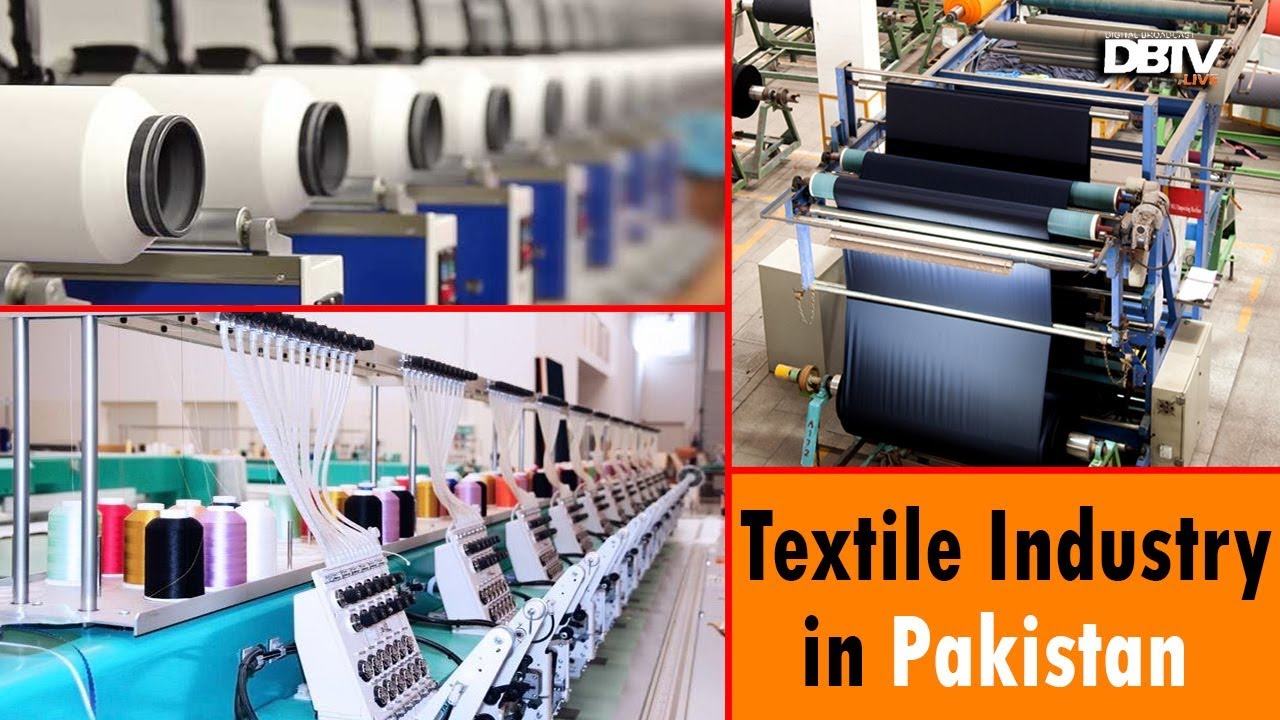 Introduction:
Introduction:
Pakistan's fabric industry stands as a cornerstone of the country's economy, encompassing a rich tapestry of textile manufacturing, weaving, and garment production. With a centuries-old tradition of textile craftsmanship and a diverse array of natural resources, Pakistan has emerged as a global hub for fabric production, supplying markets around the world with high-quality textiles. This article delves into the multifaceted dimensions of Pakistan's fabric industry, tracing its historical roots, highlighting its key strengths, and exploring the challenges and opportunities that shape its future.
Historical Legacy:
The history of Pakistan's fabric industry is intertwined with its rich cultural heritage and centuries-old traditions of textile craftsmanship. Dating back to ancient civilizations such as the Indus Valley civilization, the art of weaving and dyeing has been passed down through generations, evolving into a sophisticated industry that continues to thrive today. From hand loom weavers in rural villages to modern textile mills in urban centers, Pakistan's fabric industry embodies a legacy of innovation, resilience, and artistic expression.
Key Strengths:
Several factors contribute to Pakistan's competitiveness and prominence in the global fabric market:
1. Abundant Raw Materials: Pakistan is endowed with abundant natural resources essential for fabric production, including cotton, wool, silk, and synthetic fibers. The country's fertile land, favorable climate, and irrigation infrastructure make it one of the world's leading producers of cotton, known for its superior quality and long staple length.
2. Vertical Integration: Pakistan's fabric industry benefits from vertical integration, with a seamless supply chain that encompasses cotton cultivation, ginning, spinning, weaving, dyeing, and finishing. This integrated approach allows for greater control over quality, cost-efficiency, and flexibility in meeting diverse market demands.
3. Skilled Workforce: Pakistan boasts a skilled workforce with expertise in various aspects of fabric production, including design, weaving, printing, and garment manufacturing. Artisans and craftsmen across the country contribute their talent and craftsmanship to produce intricate designs, patterns, and textiles that reflect Pakistan's rich cultural heritage.
4. Export-Oriented Focus: The fabric industry plays a pivotal role in Pakistan's export-oriented economy, contributing significantly to foreign exchange earnings and employment generation. Pakistani textiles are renowned globally for their quality, affordability, and versatility, making them sought after in international markets.
Challenges and Opportunities:
Despite its strengths, Pakistan's fabric industry faces several challenges that impact its competitiveness and sustainability:
1. Energy Costs and Infrastructure: High energy costs, frequent power outages, and inadequate infrastructure pose significant challenges to the fabric industry's productivity and profitability. Addressing these issues requires investments in energy infrastructure, technology upgrades, and efficiency improvements to enhance competitiveness and reduce operational costs.
2. Compliance and Standards: Meeting international quality standards, environmental regulations, and labor standards is essential for accessing global markets and maintaining competitiveness. Ensuring compliance with ethical and sustainable practices, such as fair labor practices, eco-friendly production methods, and product safety standards, is crucial for enhancing market acceptance and brand reputation.
3. Technological Upgrade: Embracing technology and innovation is critical for modernizing Pakistan's fabric industry and enhancing productivity, efficiency, and product quality. Investing in state-of-the-art machinery, automation, and digital technologies can streamline production processes, reduce lead times, and foster innovation in design and manufacturing.
4. Market Diversification: Overreliance on a few export markets exposes Pakistan's fabric industry to external shocks and fluctuations in demand. Diversifying export markets and product offerings can mitigate risks and tap into emerging opportunities in new regions and sectors. Exploring niche markets, developing value-added products, and leveraging e-commerce platforms can expand market reach and enhance competitiveness.
Government Support and Policy Reforms:
The Pakistani government plays a crucial role in supporting the fabric industry through policy reforms, incentives, and infrastructure development:
1. Trade Policies: Implementing trade policies that facilitate exports, promote investment, and reduce trade barriers is essential for boosting the competitiveness of Pakistan's fabric industry. Providing export incentives, tariff exemptions, and trade facilitation measures can enhance market access and competitiveness in global markets.
2. Investment in Infrastructure: Investing in infrastructure projects such as energy, transportation, and logistics is vital for improving the efficiency and competitiveness of Pakistan's fabric industry. Enhancing port facilities, transportation networks, and energy infrastructure can reduce lead times, lower costs, and enhance supply chain efficiency.
3. Skill Development Initiatives: Investing in skill development programs, vocational training, and education initiatives can enhance the capabilities and competitiveness of Pakistan's workforce. Equipping workers with technical skills, digital literacy, and entrepreneurship training can empower them to adapt to technological advancements and contribute to industry growth.
Conclusion:
Pakistan's fabric industry embodies a rich tapestry of tradition, innovation, and resilience, representing a vital pillar of the country's economy and cultural heritage. With its abundant natural resources, skilled workforce, and export-oriented focus, Pakistan is poised to capitalize on emerging opportunities in the global fabric market. By addressing challenges such as energy costs, compliance standards, and technological upgrade, and leveraging government support and policy reforms, Pakistan can unlock the full potential of its fabric industry and weave a future of prosperity, sustainability, and inclusive growth.



You must be logged in to post a comment.